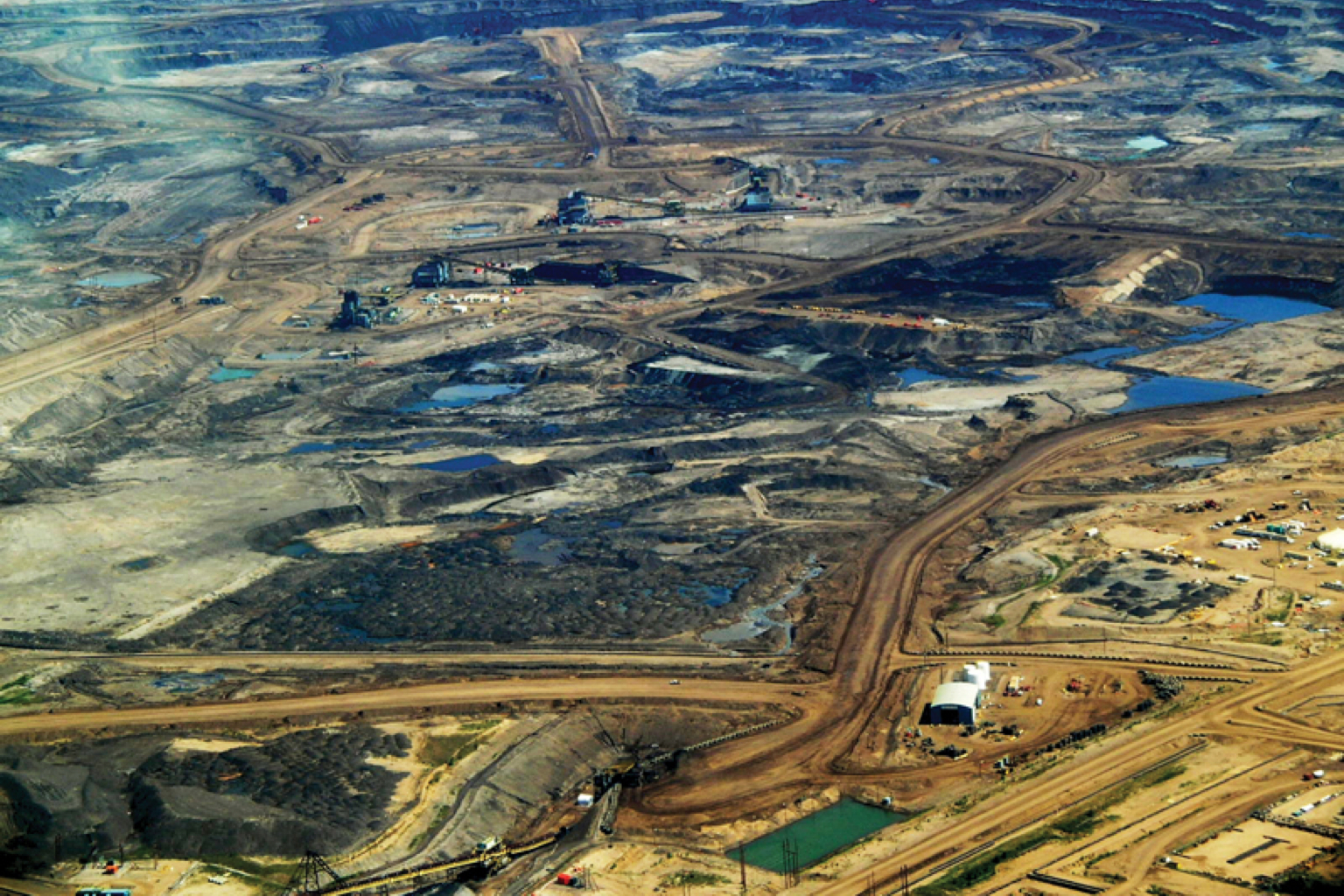CAPP’s outlook for oil sands growth through 2030
The Canadian Association of Petroleum Producers is forecasting that output from Alberta’s oil sands will reach 4.8 million barrels per day by 2030, about 400,000 b/d lower than its forecast last year, due largely to project costs and the availability of capital.
Canada’s main oil and gas lobbying group expects production from the oil sands will grow from 1.9 million b/d in 2013 to 2.3 million b/d in 2015, 3.2 million b/d in 2020 and 4.8 million b/d in 2030 — an average annual growth of 170,000 b/d, or an increase of 2.5 times over 2013 levels, according to its most recent Crude Oil Forecast, Markets & Transportation, a publication released each year in June.
Much of the growth will be attributable to in situ production. Of the 1.9 million b/d produced from the oil sands last year, 850,000 b/d came from mining and 1.1 million b/d from in situ projects, the report states. By 2030, the association forecasts mining production will increase to 1.6 million b/d and in situ production will grow to 3.2 million b/d.
The oil sands hold 167 billion barrels of crude oil reserves, or more than 97% of the country’s total crude oil reserves, and are the main source of growth. CAPP estimates that industry capital spending on oil sands development in 2014 will reach $29 billion, $2 billion more than the estimated expenditure in 2013.
In addition, CAPP estimates that about 1.1 million b/d, or 55% of the total bitumen produced in Canada last year, was upgraded and expects these numbers will climb to 1.5 million b/d by 2030.
In Alberta, five bitumen upgraders produce a variety of products: light sweet crude and medium sour crudes, including diesel, at Suncor; light sweet synthetic crude from Syncrude, Canadian Natural Horizon and Nexen; and an intermediate refinery feedstock as well as sweet and heavy synthetic crude at Shell.
CAPP does not believe Canada’s upgrading capacity will rise commensurately with bitumen production growth for a number of reasons, including the high capital costs to build upgraders “and the need for a sustained differential between light and heavy crude oil of at least $25 per barrel.”
It is also hard for new upgraders “to compete with the option of transporting heavy crude oil to existing refineries located throughout North America with spare coking capacity that are able to refine such heavy crudes,” the report states.
“If it is not upgraded, bitumen is so viscous at its production stage that it needs to be diluted with a lighter hydrocarbon or diluent to create a type of crude that meets pipeline requirements,” CAPP states in its report. “Bitumen at 10 degrees Celsius has the consistency of a hockey puck. Less diluent is required when bitumen is moved by rail where it is transported in heated rail tank cars that lower the viscosity of the bitumen.”
Crude oil production as a whole in Canada (conventional and oil sands) is expected to grow from 3.5 million b/d in 2013 to 6.4 millon b/d in 2030. That forecast is down from CAPP’s projection last year of 6.7 million b/d in 2030, but remains a strong growth trajectory.
More News
{{ commodity.name }}
{{ post.title }}
{{ post.date }}




Comments
Jack de la Vergne
Listen Pilgrims. If you believe CAPP’s projections you might
consider joining the Flat Earth Society.
Fort McMurray is condemned to “death by dilbit” because new
technology (Fracking, MWD, etc.) already provides “easy” shale gas and oil recovery
on a massive scale with a rapid return on investment.
The obvious comparable is the remote ghost city of
Humberstone in northern Chile. When new German technology enabled fixing
nitrogen from the air the local mining of nitrates ceased almost overnight.
Environmental protesters are flogging a dead horse.